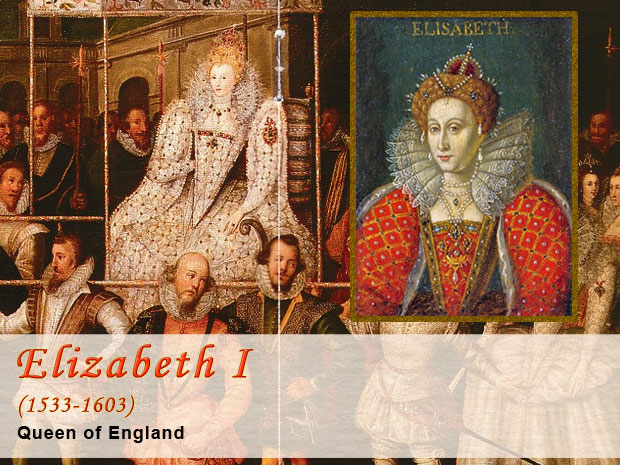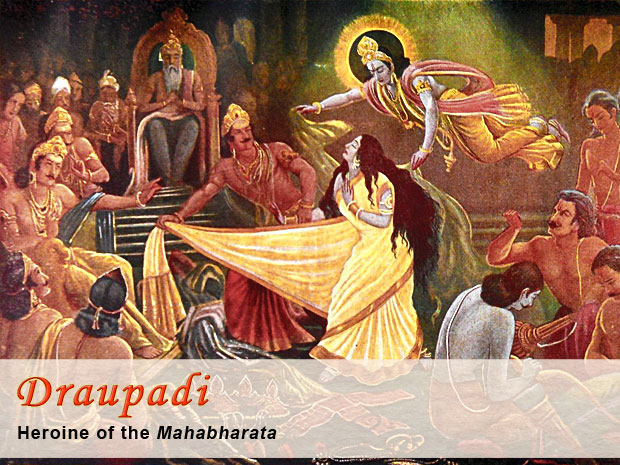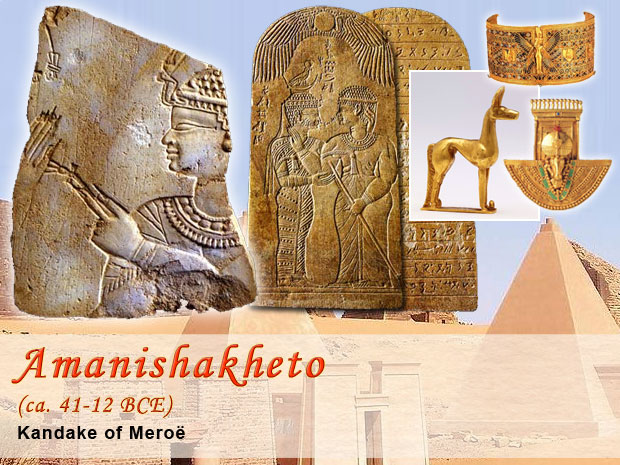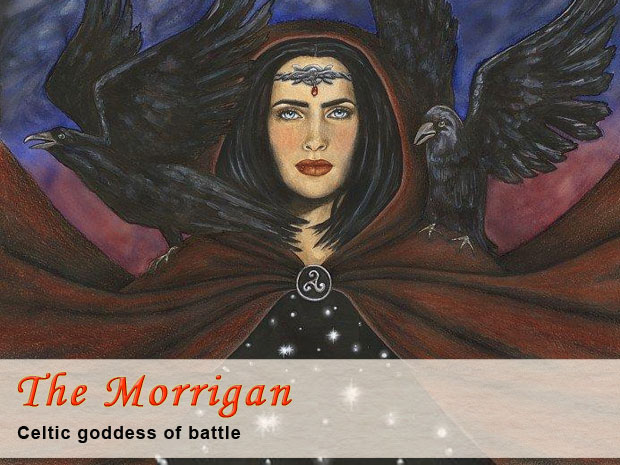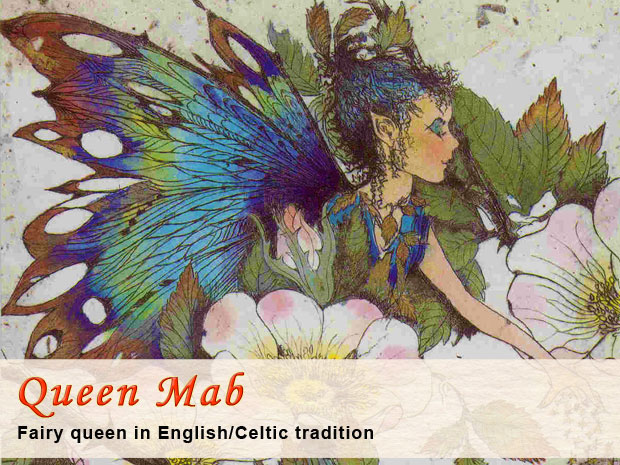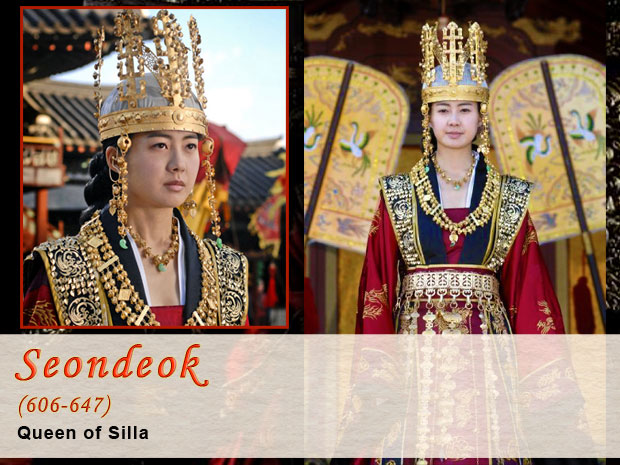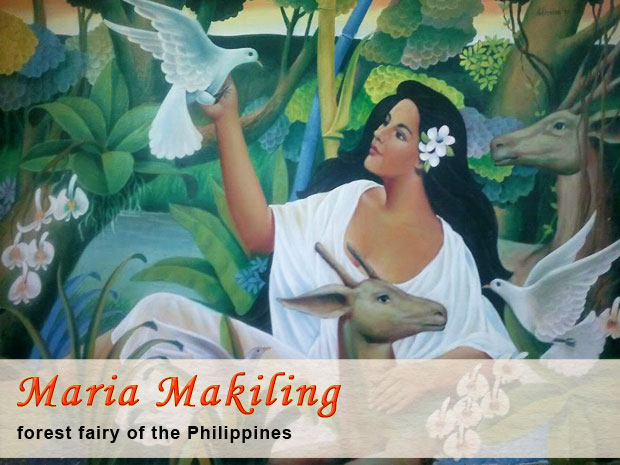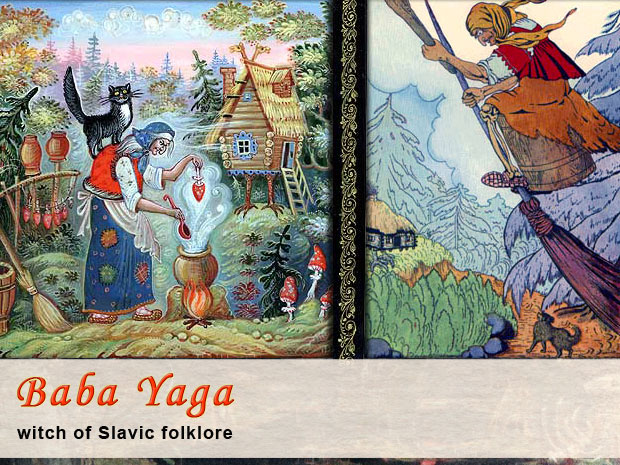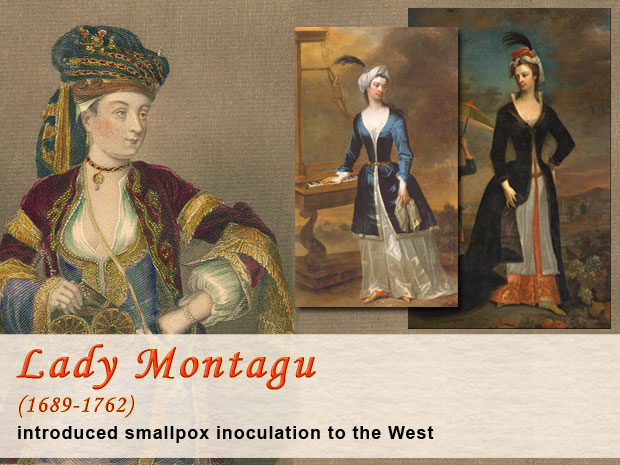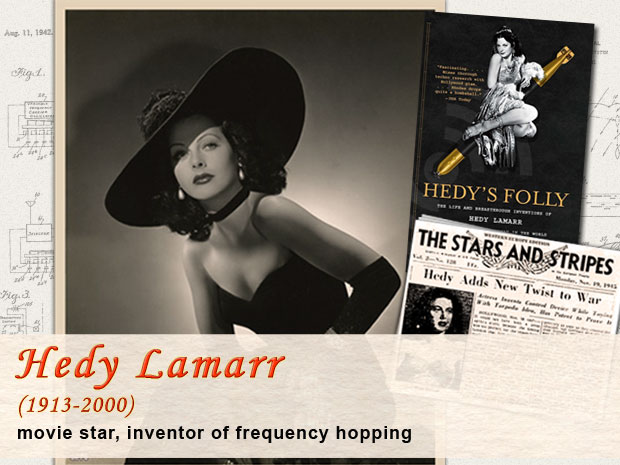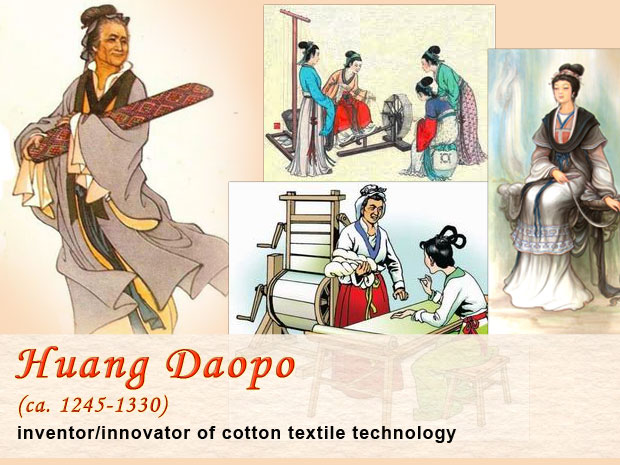Thanks to our Kickstarter campaign for 2013, we’re adding 19 new costumes this season, 7 of which our backers and supporters will get to vote on. This series of posts is designed to briefly introduce the many notable women and legendary figures we’ll be considering. Voting will take place spring/summer of 2013.
Elizabeth I is so famous that people often ask us why we don’t already have a costume for her. Honest answer: because it’s hard. I mean, look at those clothes. Not exactly a candidate for our “costumes you can make from a bedsheet” series, is what I’m saying.
But of course Elizabeth was a great queen—one of the greatest queens in history. Daughter of Anne Boleyn and noted serial killer Henry VIII, Elizabeth proved everybody wrong about the ability of women to rule. For over 45 years she steered England with a sure hand, leading it from a nightmare of fear and dissent to a Golden Age of literature and exploration. She ought to be represented, no question. If only she’d worn a chiton…
Think we should add an Elizabeth I costume to Take Back Halloween? If you missed our Kickstarter campaign you can still become a supporter and get to vote on the new costumes.
Thanks to our Kickstarter campaign for 2013, we’re adding 19 new costumes this season, 7 of which our backers and supporters will get to vote on. This series of posts is designed to briefly introduce the many notable women and legendary figures we’ll be considering. Voting will take place spring/summer of 2013.
When patriarchal religions collide with goddess-worshipping cultures, strange things happen. The female deities get demoted, tamed, domesticated. Divine Mothers are married off to father gods and transformed into jealous nags, awesome creator goddesses are turned into fertility nymphs, and sovereign queens are re-cast as trophy wives. That’s what happened when the migrating Greeks (patriarchal Indo-Europeans) arrived in the Balkans, and it’s what happened when their cousins, the Indo-Aryans, arrived in South Asia. It probably happened with other Indo-European tribes as well, but it’s clearest with the Greeks and the Indo-Aryans. The classical mythologies of both cultures are full of crash debris.
Queen Draupadi is a case in point. As the heroine of the Mahabharata, she’s practically the poster child for Formerly Independent Goddesses Trapped in Patriarchal Myths And Not Liking It One Bit. Her polyandrous marriage to the five Pandava brothers is surely a relic from a pre-patriarchal era, and her miraculous birth from a fire altar strongly hints that we’re dealing with an ex-goddess. But the Mahabharata insists on making her subordinate to her five husbands. The men treat her as shared chattel, and even gamble her away in a dice game. Draupadi protests vigorously, but the day is saved only when Krishna intervenes from heaven.
Three thousand years later, poetic justice has prevailed. Draupadi the Fire-Born has been reclaimed as a feminist icon, with the complexity of her story providing an almost endlessly rich source of contemplation for today’s women. It’s probably not what the authors of the Mahabharata had in mind, but we think Draupadi would be pleased.
Think we should add a Draupadi costume to Take Back Halloween? If you missed our Kickstarter campaign you can still become a supporter and get to vote on the new costumes.
Thanks to our Kickstarter campaign for 2013, we’re adding 19 new costumes this season, 7 of which our backers and supporters will get to vote on. This series of posts is designed to briefly introduce the many notable women and legendary figures we’ll be considering. Voting will take place spring/summer of 2013.
A couple of thousand years ago, Sudan was home to a remarkable civilization. The Kingdom of Meroë flourished from about 300 BCE to 300 CE, with its own writing system (not yet fully deciphered), an iron-working industry that was one of the engines of the ancient world, and trade contacts as far afield as Europe and India. An intriguing aspect of Meroitic culture was the ruling role played by queens, who were known by the title Kandake (traditionally spelled Candace). Amanishakheto was surely one of the greatest Kandakes; the treasure plundered from her pyramid in Naqa demonstrates the wealth and power at her command. She may have been the famous “one-eyed” Kandake who led a war against the Romans in the 20s BCE, successfully keeping Meroë out of Rome’s grasp even as Egypt and Lower Nubia were reduced to imperial provinces. (It also might have been her predecessor, Amanirenas, but until the Meroitic language is deciphered, we can’t be sure. The Greek historians only referred to the queen by her title, not her name, and the exact dating of each Kandake’s reign is iffy.)
The documentary Nubia: The Forgotten Kingdom has great footage of the Meroitic ruins and Amanishakheto’s jewelry, with actors recreating scenes from the life of the queen and of the creepy European fortune hunter who plundered and destroyed her pyramid in the nineteenth century:
Think we should add an Amanishakheto costume to Take Back Halloween? If you missed our Kickstarter campaign you can still become a supporter and get to vote on the new costumes.
Thanks to our Kickstarter campaign for 2013, we’re adding 19 new costumes this season, 7 of which our backers and supporters will get to vote on. This series of posts is designed to briefly introduce the many notable women and legendary figures we’ll be considering. Voting will take place spring/summer of 2013.
Most Americans learn in school that Juno is the Roman equivalent of the Greek goddess Hera: wife of the supreme god, patroness of marriage. The reality is more complex. The problem with understanding Juno (as well as Hera) is that Indo-European mythology has gotten tangled up with an earlier substrate of belief, creating a bit of a mess. An added difficulty is that Greek and Roman thinkers liked to normalize their respective deities into matchy-matchy pairs, even when the fit wasn’t particularly snug. As a result a great deal of indigenous complexity was lost. Nevertheless, it’s clear that Juno was far from merely Jupiter’s wife. She was extremely ancient and extremely important, and she may very well have been the original Creator Goddess. A hint of that peeks through in Aesop’s fable of Juno and the Peacock:
The peacock came to see Juno, because he could not accept with equanimity the fact that the goddess had not given him the song of the nightingale. The peacock complained that the nightingale’s song was wondrously beautiful to every ear, while he was laughed at by everyone as soon as he made the slightest sound.
Juno then consoled the peacock and said, “You are superior in beauty and superior in size; there is an emerald splendour that shines about your neck, and your tail is a fan filled with jewels and painted feathers.”
The peacock protested, “What is the point of this silent beauty, if I am defeated by the sound of my own voice?”
“Your lot in life has been assigned by the decision of the Fates,” said Juno. “You have been allotted beauty; the eagle, strength; the nightingale, harmony; the raven has been assigned prophetic signs, while unfavourable omens are assigned to the crow; and so each is content with his own particular gift.”
Do not strive for something that was not given to you, lest your disappointed expectations become mired in discontent.
Think we should add a Juno costume to Take Back Halloween? If you missed our Kickstarter campaign you can still become a supporter and get to vote on the new costumes.
Illustration credit: Juno and Her Birds (1887) by Walter Crane.
Thanks to our Kickstarter campaign for 2013, we’re adding 19 new costumes this season, 7 of which our backers and supporters will get to vote on. This series of posts is designed to briefly introduce the many notable women and legendary figures we’ll be considering. Voting will take place spring/summer of 2013.
It’s clear from their mythologies that the prehistoric Celts and Germans spent many centuries living next to each other in Europe. Of course both groups are Indo-European, which accounts for quite a few shared concepts, but the similarities suggest an especially close relationship. The Morrigan, whose name means something like “Phantom Queen” or “Terror Queen,” is a case in point. One way to understand her is as a Celtic Valkyrie: a bird-woman (crow or raven) who screams onto the battlefield, choosing and claiming the dead. (The banshee of Irish legend is probably an aspect or echo of the Morrigan.) The Morrígna, plural, are supernatural phantoms who augur death, just like the Valkyries. The Morrigan is also connected to the earth and fertility, reminiscent of the way the Germanic Freyja manages to be both angel of death and goddess of love. But where Freyja is generally a positive goddess, associated with joy and abundance, the Morrigan tends to be rather scary and dark.
Think we should add a Morrigan costume to Take Back Halloween? If you missed our Kickstarter campaign you can still become a supporter and get to vote on the new costumes.
Illustration credit: The wonderful painting of the Morrigan is by Brigid Ashwood.
Thanks to our Kickstarter campaign for 2013, we’re adding 19 new costumes this season, 7 of which our backers and supporters will get to vote on. This series of posts is designed to briefly introduce the many notable women and legendary figures we’ll be considering. Voting will take place spring/summer of 2013.
“I see Queen Mab hath been with you,” says Mercutio to Romeo, thus beginning one of Shakespeare’s most famous speeches:
She is the fairies’ midwife, and she comes
In shape no bigger than an agate-stone
On the fore-finger of an alderman,
Drawn with a team of little atomies
Athwart men’s noses as they lie asleep;
Her wagon-spokes made of long spiders’ legs,
The cover of the wings of grasshoppers,
The traces of the smallest spider’s web,
The collars of the moonshine’s watery beams,
Her whip of cricket’s bone, the lash of film,
Her wagoner a small grey-coated gnat,
Not so big as a round little worm
Prick’d from the lazy finger of a maid;
Her chariot is an empty hazel-nut
Made by the joiner squirrel or old grub,
Time out o’ mind the fairies’ coachmakers.
So, she’s small.
Where did this tiny personage come from? Did Shakespeare invent her? The name “Mab” is Welsh, and may represent an echo of pre-Christian Celtic mythology. In Ireland the great goddess Medb was transformed into the legendary Queen Medb, cattle thief extraordinaire. It’s quite possible that the same Celtic goddess underwent a similar downsizing in Wales—except instead of becoming a mortal queen, she became a fairy. Whatever the case, it’s likely that Shakespeare was drawing on existing tradition in the folklore of the British Isles.
Think we should add a Queen Mab costume to Take Back Halloween? If you missed our Kickstarter campaign you can still become a supporter and get to vote on the new costumes.
Illustration credit: The beautiful fairy painting is “The Spell Fairy” by Welsh artist Trudi Finch. It’s available as a greeting card in her shop (click the link), along with her other gorgeous work.
Backers of our Kickstarter project will get to vote on which new costumes we do for 2013. This series of posts is designed to briefly introduce the many notable women and legendary figures we’ll be considering.
Seondeok was the greatest queen in Korean history, and the first to rule in her own right. She ascended the throne of Silla, one of the three kingdoms of ancient Korea, in 632. Her reign was by all accounts a glorious success. (The pictures above are from the 2009 TV series “The Great Queen Seondeok,” with Lee Yo-Won in the title role.) Seondeok herself is revered in Korean history for her cleverness and wisdom. Perhaps the most famous story is the one about the peonies: it is said that when Seondeok was a child of seven, her father King Jinpyeong received a box of peony seeds from the emperor of China, along with a painting of what the flowers looked like. When Seondeok saw the painting she remarked that it was a shame the beautiful flowers had such little scent. When her father asked her how she could possibly know this, Seondeok replied that the painting showed no butterflies or bees buzzing around the blossoms.
As queen, Seondeok sponsored the arts, sciences, and Buddhist scholarship. The oldest surviving astronomical observatory in the world, Cheomseongdae, was built during her reign. The period was also full of wars and rebellions, but Seondeok acquitted herself well. Despite some male resentment of “women rulers,” Seondeok held the kingdom together, and upon her death the crown passed peacefully to her chosen successor: her cousin Queen Jindeok.
Think we should add a Seondeok costume to Take Back Halloween? Make sure you join our Kickstarter project so you can vote!
Backers of our Kickstarter project will get to vote on which new costumes we do for 2013. This series of posts is designed to briefly introduce the many notable women and legendary figures we’ll be considering.
Maria Makiling is the most widely known and beloved diwata (fairy or nymph) of the Philippines. As the guardian spirit of Mount Makiling, she is depicted as a beautiful young woman in radiant white clothing, surrounded by the natural flora and fauna. She is shy but gracious and generous, often helping the local people. Stories abound of her giving away baskets of ginger that turn into gold. Other stories tell of her falling in love with mortal men. But she will not tolerate abuse, either of herself or her mountain, and punishes evil-doers by playing tricks on them.
It’s very likely that Maria Makiling is the modern folkloric version of a pre-Christian deity. Diyan Masalanta was the ancient Tagalog goddess of love, whose home was in the forest. When the Spanish arrived, it seems that Diyan Masalanta was renamed Maria Makiling (meaning, in the local parlance, “the woman of Makiling”) and recast as a fairy. And so she lives on, as enchanting as ever.
Think we should add a Maria Makiling costume to Take Back Halloween? Make sure you join our Kickstarter project so you can vote!
Backers of our Kickstarter project will get to vote on which new costumes we do for 2013. This series of posts is designed to briefly introduce the many notable women and legendary figures we’ll be considering.
Baba Yaga is the legendary witch of Slavic folklore, especially Russian fairy tales. She lives on the edge of the forest in a hut that stands and moves on chicken legs. Baba Yaga herself fills the hut from end to end, stretched out on her stove with her nose growing into the ceiling. She travels through the air in a mortar, pushing herself along with a pestle and sweeping away her tracks with a broom. She also likes to eat people.
Is Baba Yaga just a witch, or the debased form of an earlier Slavic goddess? Nobody knows for sure, but it’s interesting to speculate. She certainly is very powerful, and some of the details in the fairy tales suggest deity-like attributes. She’s also not entirely evil; sometimes she can be downright helpful. This has led many scholars to see her as the remnant of a pre-Christian goddess with both benign and malevolent aspects. Whatever the case, Baba Yaga is one of the most delightfully weird and intriguing figures in European mythology.
Think we should add a Baba Yaga costume to Take Back Halloween? Make sure you join our Kickstarter project so you can vote!
Backers of our Kickstarter project will get to vote on which new costumes we do for 2013. This series of posts is designed to briefly introduce the many notable women and legendary figures we’ll be considering.
Lady Mary Wortley Montagu was a brilliant essayist and poet whose husband was the British ambassador to the Ottoman Empire. While stationed with him in Constantinople, Lady Montagu made friends with Turkish women and learned about their practice of smallpox inoculation: the deliberate grafting of a small amount of smallpox virus onto a healthy person’s skin to induce immunity to the disease. The technique was widespread in the Ottoman Empire, and in fact was well known in China, India, and parts of Africa. When Lady Montagu returned home she embarked on a campaign to introduce smallpox inoculation in Britain. Despite some setbacks she was ultimately successful, and by the mid-18th century inoculation was an accepted part of British medicine. (Edward Jenner, a country doctor who practiced Montagu’s method of inoculation, subsequently developed vaccination as a safer alternative. Jenner used cowpox virus—vaccination is from the Latin vacca for cow—to induce immunity to smallpox, which worked because the two diseases produce similar antibodies.)
In addition to being a major pioneer of public health, Lady Montagu was a feminist and a fashion innovator. The two things went together in her mind, and on both counts she felt that Turkish women were far better off than their European sisters. She did much to introduce Ottoman dress to western Europe, and numerous portraits show her decked out in the glorious yet comfortable fashions of Constantinople.
Think we should add a Lady Montagu costume to Take Back Halloween? Make sure you join our Kickstarter project so you can vote!
Backers of our Kickstarter project will get to vote on which new costumes we do for 2013. This series of posts is designed to briefly introduce the many notable women and legendary figures we’ll be considering.
Movie star by day, genius inventor by night: it sounds unbelievable. But it’s true. Hedy Lamarr was an extremely intelligent woman with the mind of an engineer. Being a movie star bored her; what she really wanted to do was invent things. She set aside a room of her house as her workshop, with a drafting table and shelves of books on electrical engineering. Her great idea in World War II was what she dubbed “frequency hopping,” which involved switching the frequencies in radio transmissions to prevent jamming. Hedy’s plan was to develop this into a radio guidance system for Allied torpedoes, one that would be impervious to Nazi interference. She mentioned the idea to composer George Antheil, who proposed using a player piano-like roll of paper to synchronize the frequency hopping. Hedy and George patented their invention and offered it to the Navy, but Washington balked. Fifteen years later, though, the idea was taken up by engineers at Sylvania, who replaced the piano rolls with electronics. Frequency hopping became the basis for secure military communications systems, and was used on the ships that blockaded Cuba in 1962. And now, of course, it’s the technology that underlies cellphones, WiFi, Bluetooth, and GPS.
Hedy never made a dime off her patent, but she did receive the Pioneer Award from the Electronic Frontier Foundation in 1997.
Think we should add a Hedy Lamarr costume to Take Back Halloween? Make sure you join our Kickstarter project so you can vote!
Backers of our Kickstarter project will get to vote on which new costumes we do for 2013. This series of posts is designed to briefly introduce the many notable women and legendary figures we’ll be considering.
Before James Hargreaves, Richard Arkwright, and Eli Whitney, there was Huang Daopo. This Chinese peasant woman, who lived some 500 years before the Industrial Revolution in the West, almost single-handedly revolutionized the textile industry in the East. Huang introduced a whole raft of new technologies to mechanize the production of cotton: a two-roller cotton gin, an improved fluffing bow, and a three-spool, pedal-driven cotton-spinning machine. It was the most advanced cotton technology in the world. Huang’s innovations transformed textile production in China and laid the foundations for the entire East Asian cotton industry.
“Granny Huang” is still the subject of a popular nursery rhyme in Shanghai, and her life has been dramatized in operas, ballads, and TV movies. A memorial hall dedicated to her in Shanghai has fascinating exhibits, with replicas of the machinery she introduced.
Think we should add a Huang Daopo costume to Take Back Halloween? Make sure you join our Kickstarter project so you can vote!

